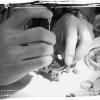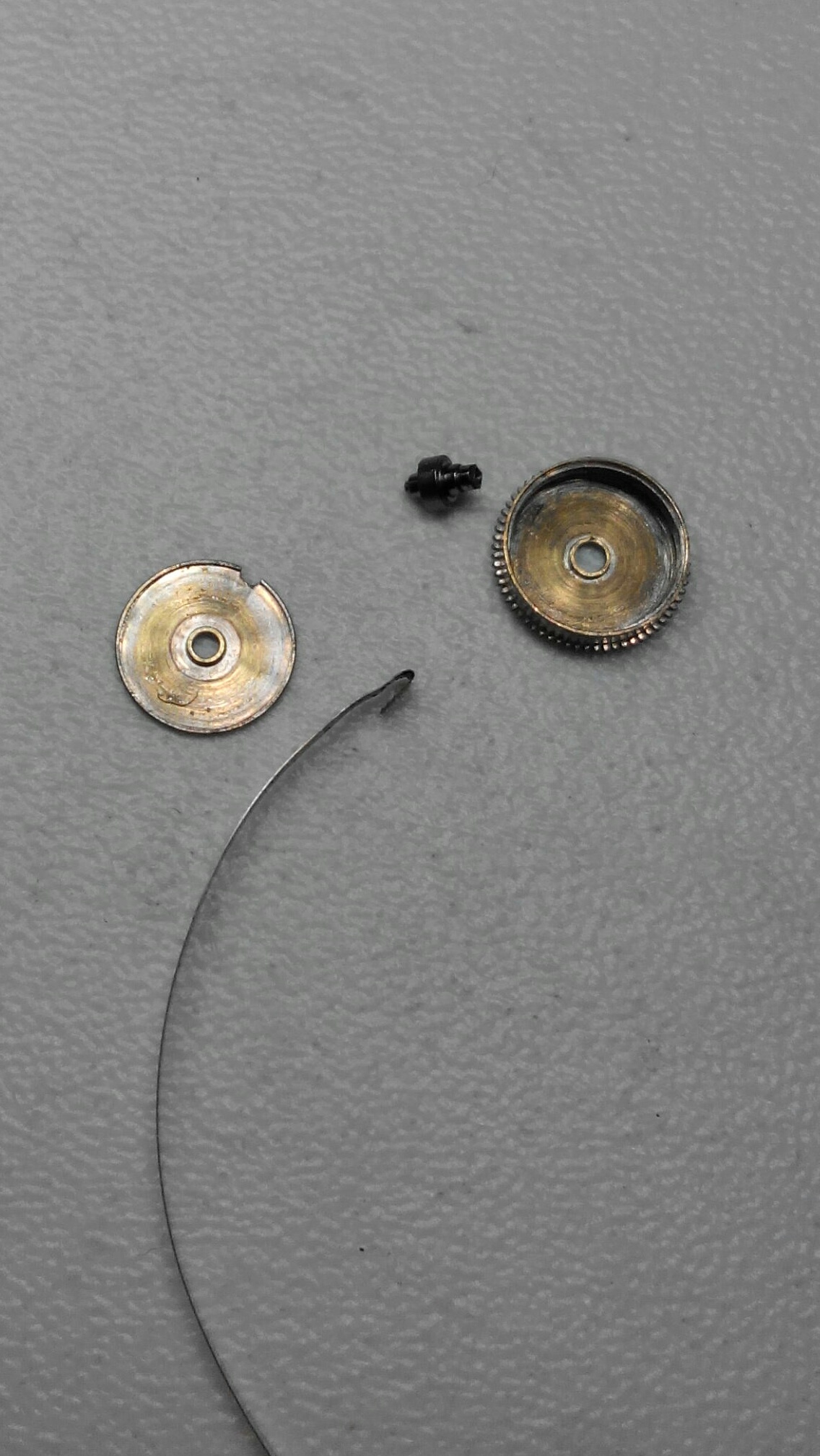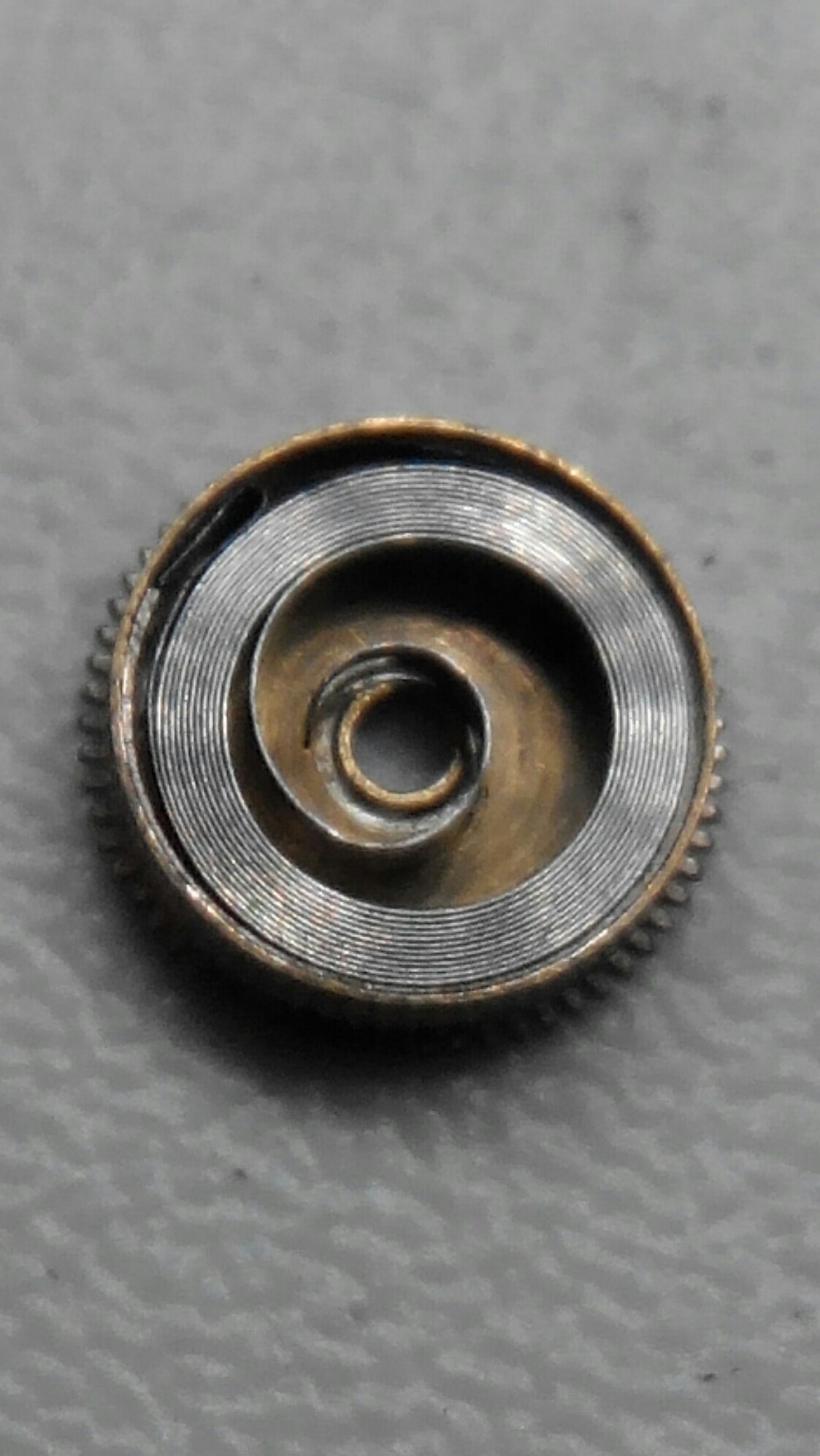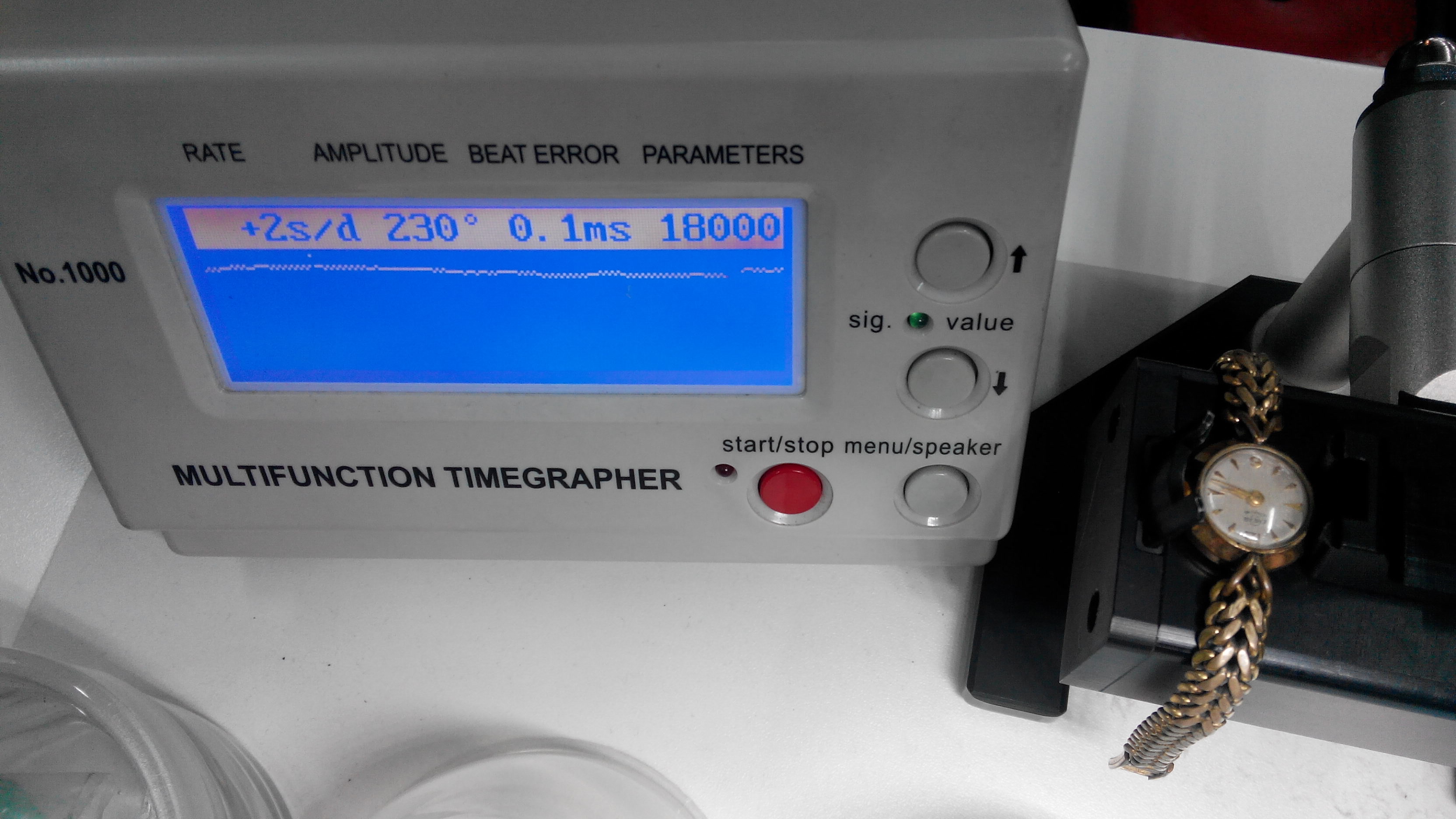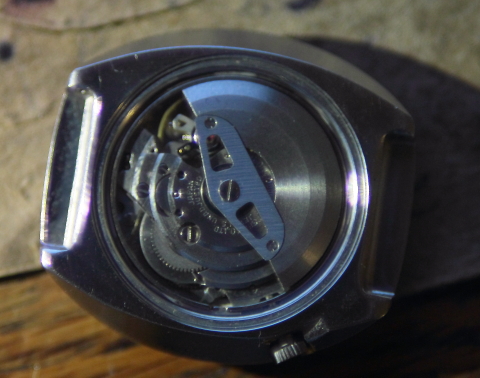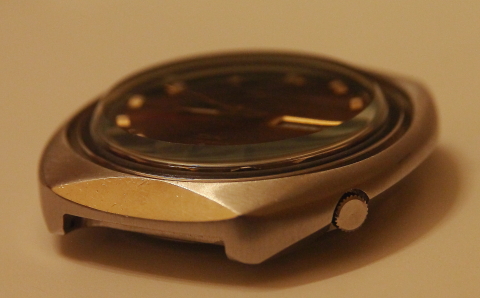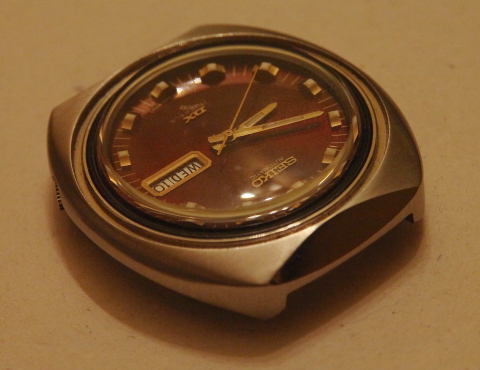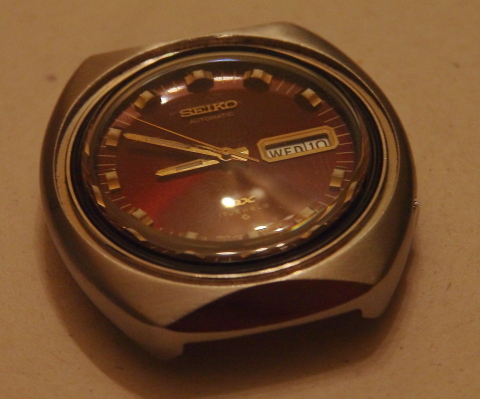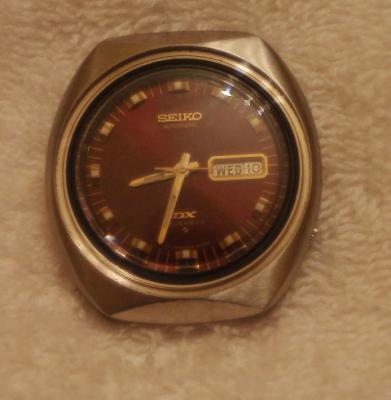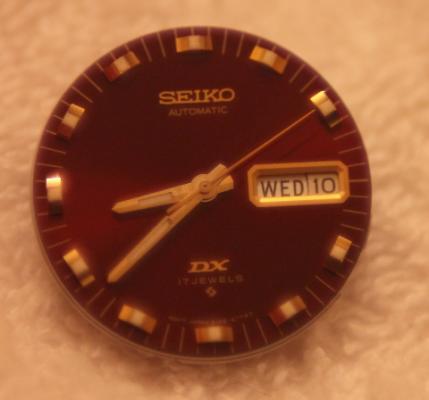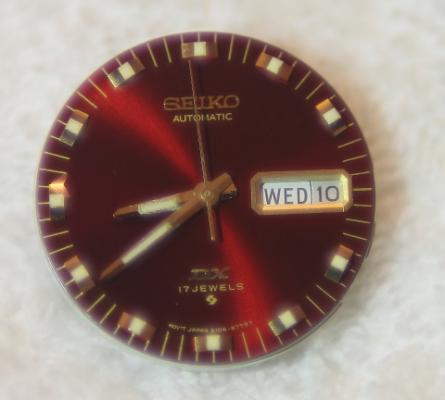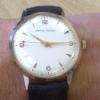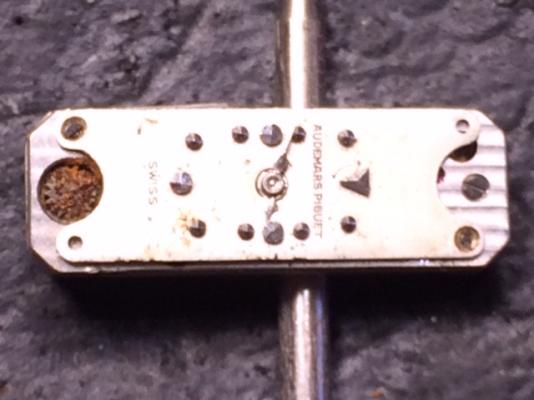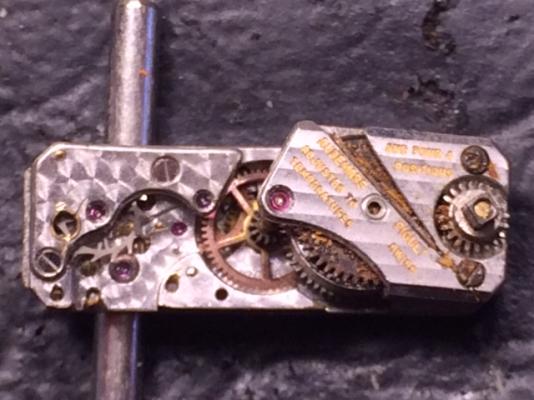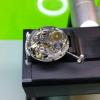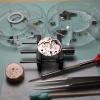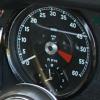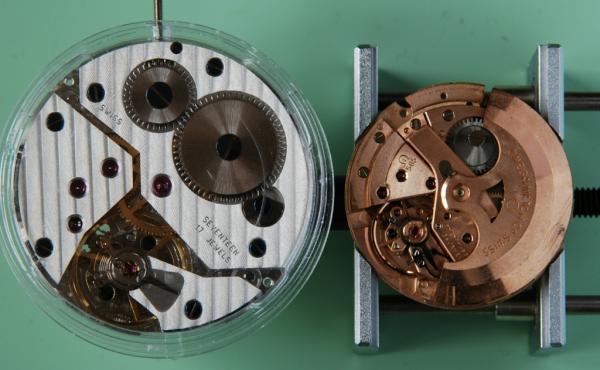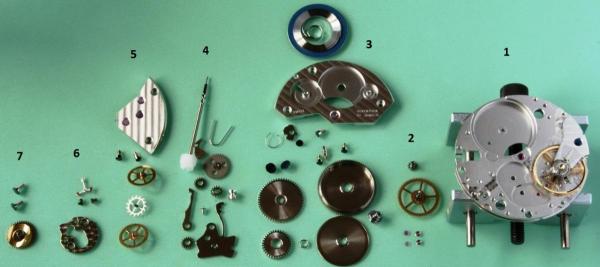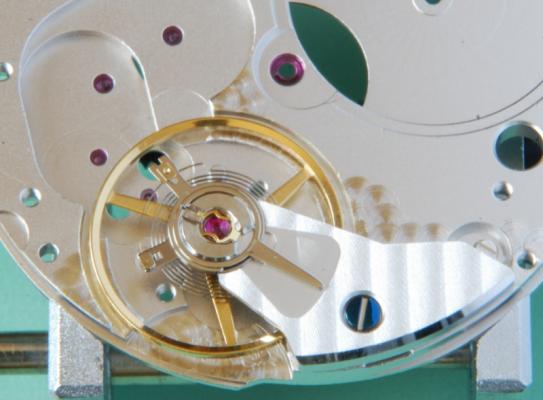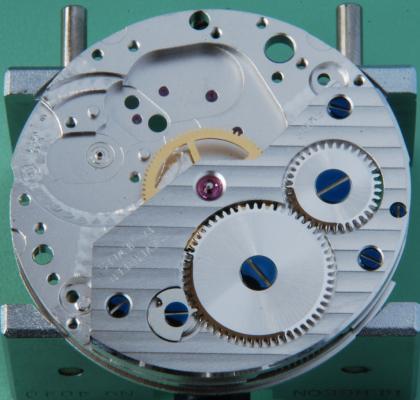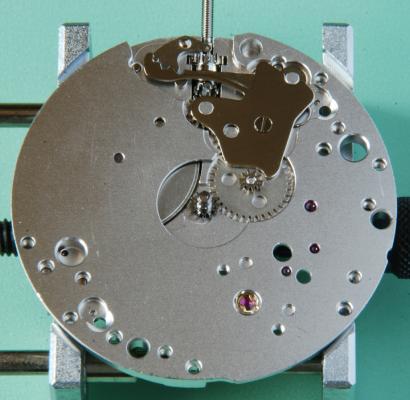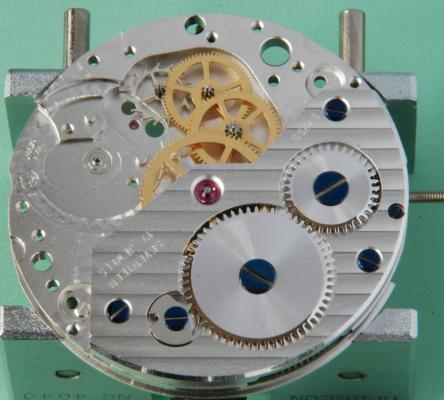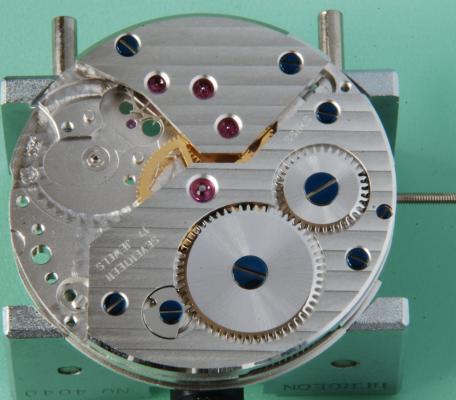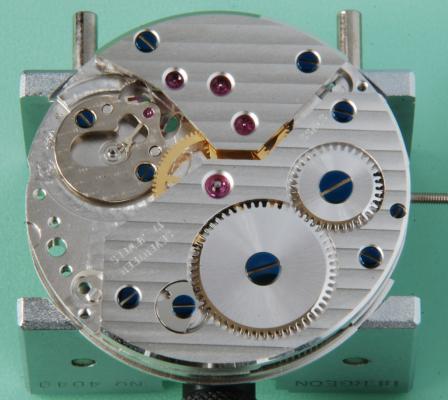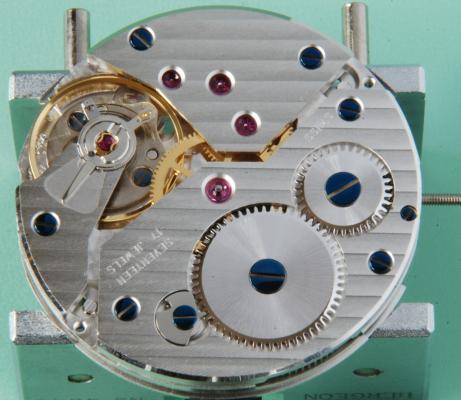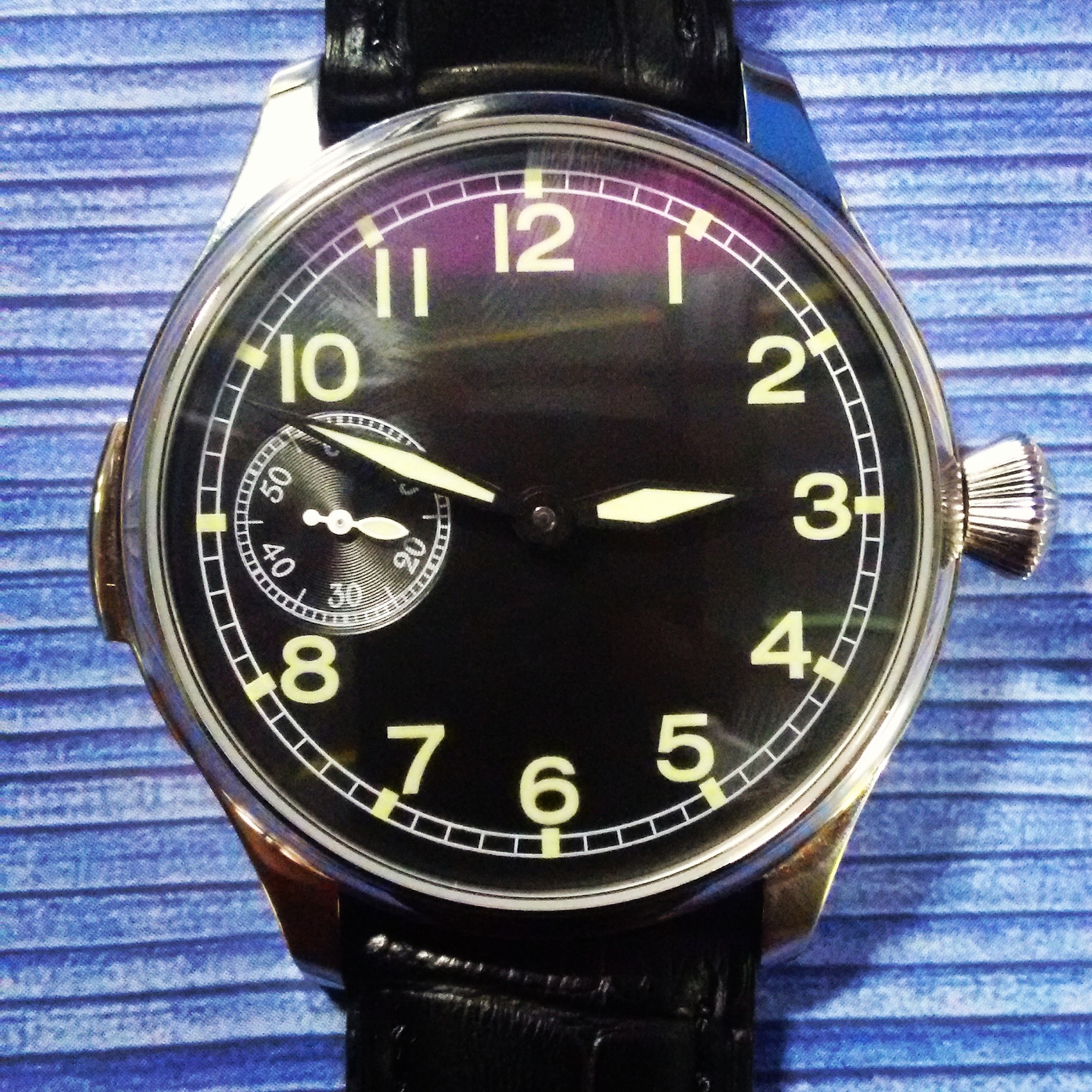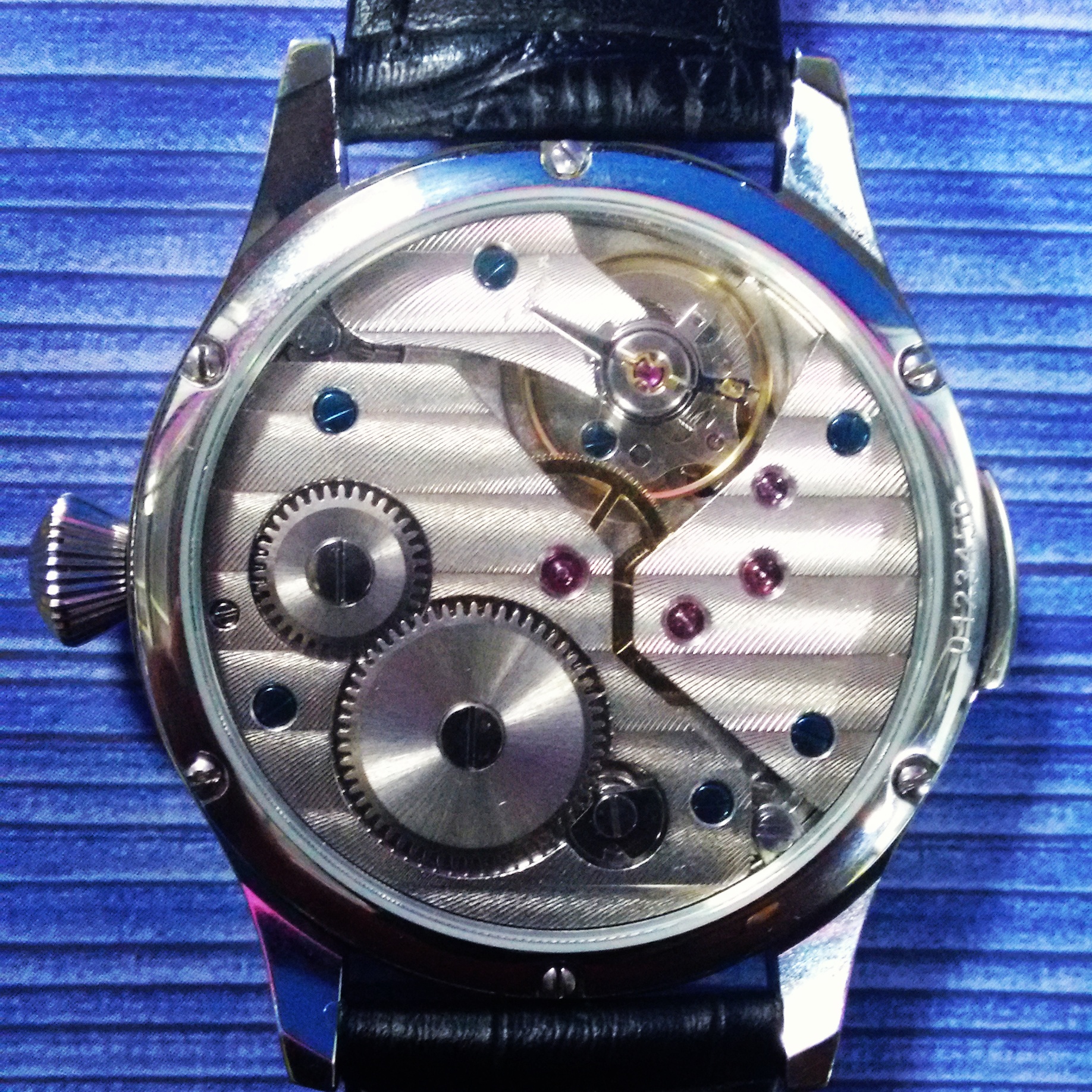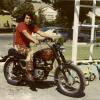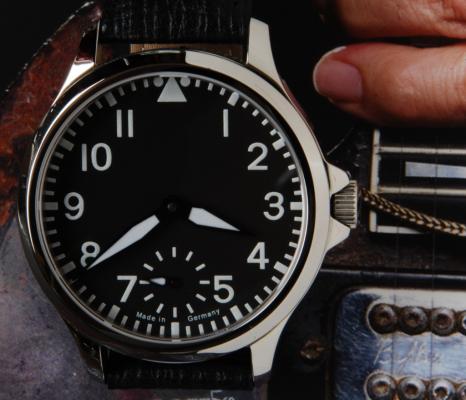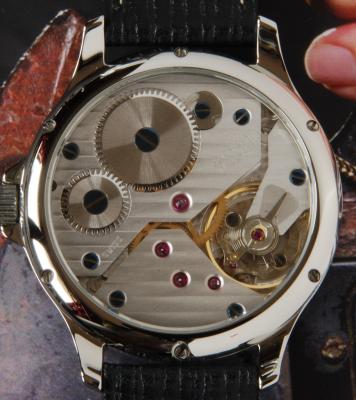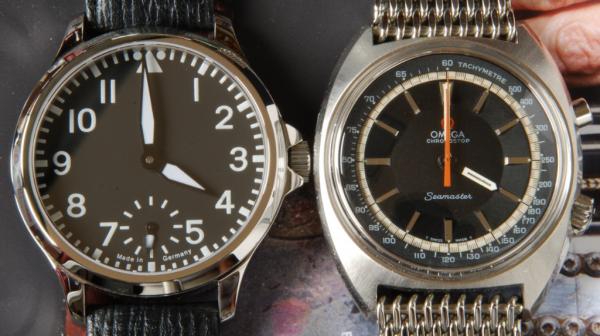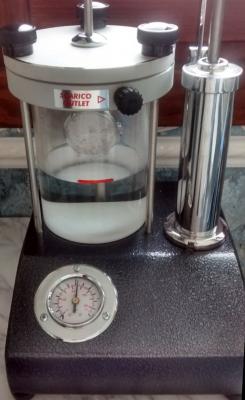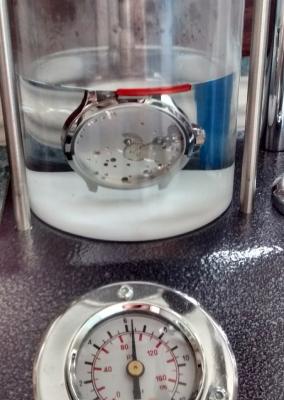Leaderboard
Popular Content
Showing content with the highest reputation on 12/19/15 in all areas
-
3 points
-
3 points
-
3 points
-
Snowed under here, literately, work and the white stuff, been so busy of late had hardly any time to post much on here, so while I have the chance I thought I would wish you all a Merry Christmas! Merry Christmas by Micky Aldridge, on Flickr2 points
-
o.k., maybe i'm overstating. this seiko 6106 DX was bought on fleabay a while back. it arrived and sat uncerimoniously in it's very nasty, battered gold case. but, i knew it had a face worth revealing. the dial is a cross between maroon and root beer. lovely. so, i purchased a case from fleabay, but when it arrived i realized it was missing it's bezel - an oversite on my part. a forum member on another site is supplying an NOS bezel for this watch. it will be here in a few weeks. it is a stainless bezel with a black insert. i'll post pictures when it arrives. i love this one because it's a hacking movement. and also because it is so clean. i don't know the service record, but this watch is from sept.,1970 and it keeps very good time .anyway, here's my DX. apologies for the soft focus.2 points
-
Hi ramrod, The ETA clones for this case (6498 et al ) are OK and look good. They are fairly precise too. How strong are they? I don't know, but one thing is for sure, they are a fraction of the price and have the same dimensions and even looks. I have made a couple of watches this way and haven't had any problems with them so far. Considering the case is also a cheap case, what else should we put inside? Now, in my mind, if you had a nice case with sapphire crystal and rated more than 5 atm, it will deserve a true (read expensive) Swiss movement. Another option I find more fun is to buy old 6498/97 movements (old watches, etc) and after a good service/repair use it in one of those cases. I hope these thoughts help, Cheers, Bob2 points
-
2 points
-
2 points
-
1 point
-
Damn, more tools to buy from cousins. But definitely looks safer than the nail clippers. Sent from my SM-G920F using Tapatalk1 point
-
Thanks for the warm welcome as it really seem like there's a cooler vibe in this Forum compared to others. Sent from my iPhone using Tapatalk1 point
-
Hi I've just joined the forum so by way of an introduction and where I am in this hobby, I'm posting this build of a 6498. It's not a full walkthrough but this forum seems the best place for it. I usually work on older watches but have been meaning to have a go at one of these for some time and received a 20% discount offer from PayPal so I picked up an ETA6498-1, dial and hands on eBay. The case came from elsewhere. There are loads of people selling these as kits to build your own watch. This is just about the most basic movement you can buy, with no complications. There are two calibres in the family, the 6497 has the sub second counter opposite the crown so at 9 O’clock and the 6498 sub seconds is at 6 O’clock which I prefer but, the two calibres are very similar with many shared parts. Servicing one of these simple ETAs is probably not a bad way to start. I didn’t do that but, thought it might be nice to work with a new movement for a change and play with the Etachron system. To the best of my knowledge, these movements come in four grades: Standard; Elabore; Top and Chronometer. The lower two grades are easy to buy so that's what I have. The top two are not so readily available. It’s big at 36.6 mm diameter so, minimum case size must be 41-42 mm diameter as that’s a case wall of 2 mm only. People use these in cases much bigger than that but, I chose a 42 mm case as my wrist is only 6.75”. Here’s the spec for my grade and a bare movement picture (in its plastic case) next to a very dirty Omega 565 spares movement which is 28 mm diameter. Manual wind, 46 hour reserve 17 jewel and Incabloc shock protection with Etachron system. 18000 A/h (2.5 Hz) frequency It’s possible to buy these in a foil sealed pack (I think packed with an inert gas) and use straight from that pack but most, like mine, are sold ‘loose packed’ so should be serviced before use. I will do that and also see if I can improve a little on the way it runs straight out of the box. ETA publish a set of service instructions for this calibre with types of oils and an assembly sequence and the pdf is readily available. I more or less follow that assembly sequence. For the performance, to set a datum, I wound the movement, let it run for a day and then tested the 24H and 0H conditions. The CH, 6H and 9H are the only specified test positions for this calibre but, I tested over all six positions. Results as follows: Amplitude: max 290 degrees at 0H and min of 220 degrees at 24H. Six position delta: at both 0H and 24H of 18 seconds. Beat error under 0.4 milliseconds. These are pretty good and almost chronometer spec so I will try and get within that, being delta of 12 seconds at 0H and 15 seconds at 24H. On the older Omega movements such as the 5xx series, some are chronometer rated (e.g. 561) and some are not (e.g. 565). I remember looking at the parts commonality between these some time ago and I’m pretty sure that there were no differences in the critical parts so, those usually will come close to that spec. On this 6498, the balance and balance spring seem to be the major differences to guarantee chronometer spec for the better movements. Well, I have the cheaper one so, we’ll see. First is to line up all the big screwdrivers as these started as pocket watch calibres so, all the screws are big for me. Stripped and cleaned, the parts are these and this shows this is a simple movement. The parts are in seven groups working from the right. This is not a blow by blow account but I took some pictures to show how it goes together. These are all the pieces. 1. Plate with balance still mounted. 2. Incablocs and second wheel/cannon pinion. 3. Mainspring, barrel, ratchet wheel, crown wheel, click and barrel bridge. 4. Keyless works. 5. Train wheels and bridge. 6. Pallet fork and bridge. 7. Case clamp screws and hour wheel. First to go on are the Incablocs. I don’t know what reflection is being picked up on the machined parts of the plate but there is no discolouration at all in reality. For those in the know, I have the curb pins wide open as I am adjusting concentricity and centering of the hairspring between them. Really, for me to improve this movement performance, I can adjust the wheel shakes and try for the best configuration of the hairspring so, I spent a little time here. No poising of the balance at this time. Nice to have an adjustable stud carrier to set the beat error. This Etachron system is quite clever and it’s pretty new for me. It certainly reduces the amount of hairspring work which is not my favourite. I know it's not universally liked but it seems pretty neat to me. I end up with a very slight turn on the stud holder after some playing and am happy so, close up the curb pins again for final tweaking when it’s on the timing machine. Second wheel and cannon pinion fitted. Mainspring mounted in barrel and the complete barrel and barrel bridge mounted with its three screws, not forgetting to fit the setting lever screw first (!) which must go in before the bridge. Ratchet wheel, click and crown wheel fitted. It’s quite an attractive finish and the blued screws are a nice contrast. Turning over and the keyless works are fitted. I was a little generous with the grease here. This side of the plate is not so well finished but will be hidden under the dial so not so critical. Nice that there are holes in the minute wheel to allow the train oiling later. Here the rest of the train is shown, third, fourth and escape wheels. And now the train bridge mounted with its two screws. A little bit of wheel shake checking here but, it’s very good. Then the fork and bridge are fitted. That bridge is not the most attractive but it’s usually obscured by the balance. Checked the fork locking and so on here and no adjustment needed. Finally, the balance goes back in and the movement lives again. I let it run for 15 minutes and then removed the balance to oil the pallet jewels with 9415 (out of interest, I'm only using Fixodrop on the escape wheel and pallet jewels). This is an easy job on such a big movement but trickier for me on a very small ladies calibre. I have an Omega 684 in my wife's watch which is about 2/3 of the 565 size. After running for 24 hours again, I made some tweaks to the curb pins to equalize the horizontal and vertical running a bit better. Now, the six position delta is 10 seconds at both 0H and 24H so, I’m very happy with that. This really is a terrific movement for the money in my opinion. Bit more to follow later with (huge) case, dial etc. Hope some of this is of interest. Cheers, Chris1 point
-
good info. now i wouldn't be so shy about looking to get a chinese movement. i agree they LOOK good. and the price is always better.1 point
-
1 point
-
Hello from me as well, welcome to the club, always a helping hand here if you need it ! Cheers, Vic1 point
-
1 point
-
Just got this stand for my tweezers a few weeks ago. Save space and easy to pick up the right tweezer when needed. Also took out my old screwdriver stand for my oilers. Both ideas from the 'toolmaker' tread. Sent from my iPad using Tapatalk1 point
-
On de Dutch "horlogeforum.nl" is an very interresting post to resolve this problem with an ring on the battery: http://www.smallbattery.company.org.uk/sbc_accucell1.htm1 point
-
Check out this site.....look under "ending soon ".... http://www.collectorsweekly.com/wristwatches/overview1 point
-
i've taken this thread a bit off topic - i just wanted to tell the OP that your watch is beautiful. i'm a sucker for pilot watches. the dial is a tad large, but i'm interested in seeing your fix. this is a great idea and i've got to build my own watch. i'm a bit leary of any chinese clone movements - or should i be leary? are they comparable to say, an ETA? anf thank you, sendikumar for your links and info. good job.1 point
-
Stunning Case. I really like those crown protectors. Now, you'll have to post a link to the seller.I'd really like to get one Qof these1 point
-
I don't see the nail brushes... :) I couldn't resist, sorry about the bad joke! Thank you for the heads up, I'll probably find a use for those. I stick my tweezers in a block of foam. That way they are ready to go and their tips are protected. Cheers, Bob1 point
-
So, dial arrived and I fitted and cased the movement to discover that the minute hand was a bit long and needed trimming. This case is a little on the small side for this dial. It's a generic dial so has no maker logo and looks a bit strange when the hands are low down. I have a couple of options for that. This is the only display back I have and it's quite interesting. It's a big watch, here next to my Chronostop. I'm going to do something with the dial but it was an interesting exercise and a bit different to what I normally do. I think now that this would have been a good way to start. A nice big simple movement where you end up with your own watch and are not risking anything much or trying to make some movement with a problem work. Will post the final dial when I work out what to do with it. Cheers, Chris1 point
-
Thanks Geo. A little more. I bought this quite smart case with display back as I liked the crown guards and that it's only 42 mm. It still makes a huge watch as it's all dial. Anyway, the hands were delivered with C1 lume (the white one which was what I wanted) and the dial with C3. That had to go back which was during their company holidays..... So, thought I'd pressure test the case. It's rated at 50m or 5 bar (75 pounds per square inch, psi) so I tested at 25% above that. Here with the case above the water and 6.25 bar showing (92 psi). If the watch leaks, then the pressure inside it equalises to 92 psi and when the pressure in this plastic cylinder is decreased, the air will come out of the watch so, before releasing the pressure, it goes into the water. Then, bubbles will be seen. None showed here as the pressure was slowly released so, it seals fine. I forgot that picture. There is a big problem with these sort of testers. If you drop the pressure quickly and the case has let in that pressure, then you can blow the crystal out submerging your nice rebuilt movement in the water. So, I always test first with an empty case. I've had one crystal blow doing that.... Just thinking of the force involved, this crystal has an area of about 1.5 in2 so, if there was a delta pressure of 92 psi, that would be nearly 140 lb. I usually push old crystals out from behind with my thumb so, they would clearly pop out under a tenth of that force. Anyway, it's slowly coming together! Cheers, Chris1 point



